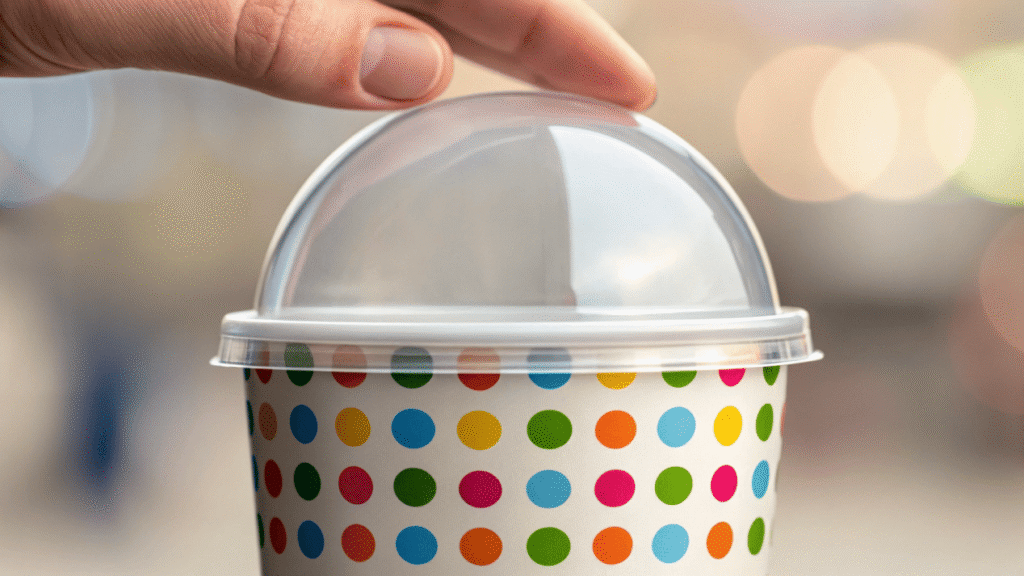A leaky cup or mismatched lid can ruin a customer's day and your reputation. This simple mistake costs you money and customer loyalty during your most profitable season.
Success in the frozen dessert business depends on a smart packaging strategy. This includes using guaranteed leak-proof cup and lid combos, tailoring supply to your business model, analyzing costs, and planning for seasonal peaks to avoid stockouts.
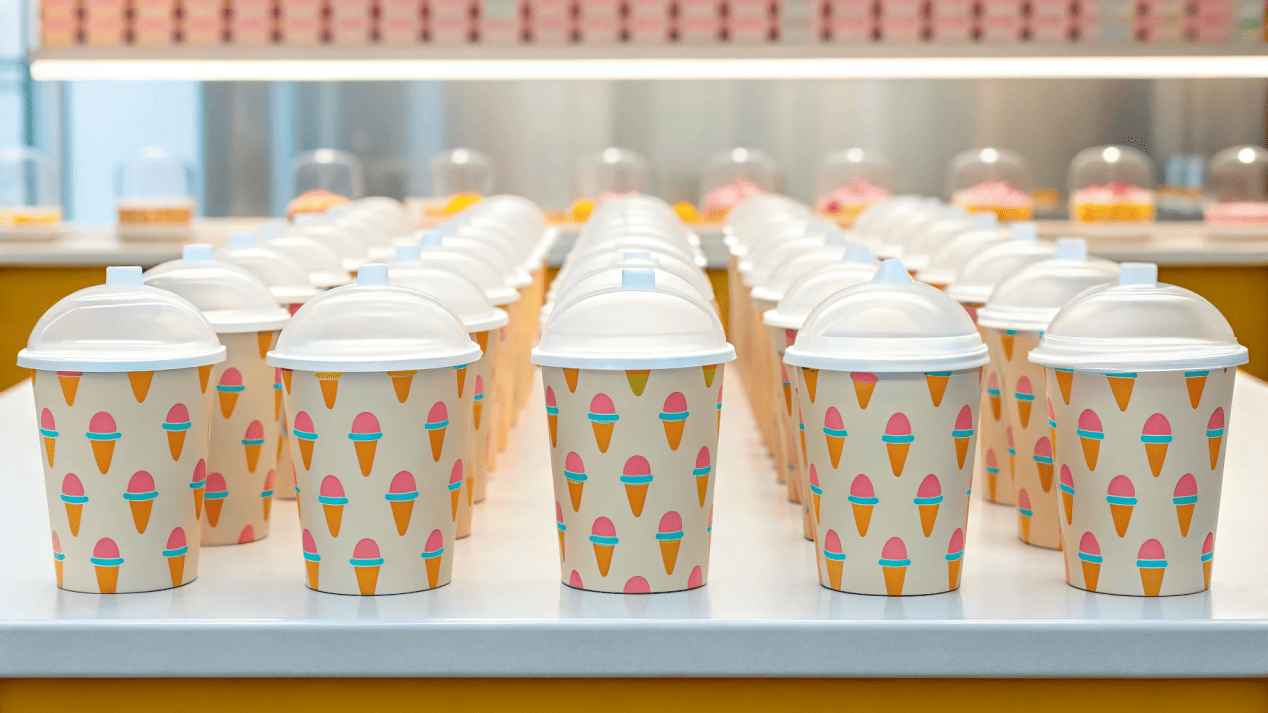
I will never forget a frantic call I got from a new client in the middle of a July heatwave. They ran a popular local ice cream shop and had bought their cups from one supplier and their lids from another to save a few pennies. The lids didn't fit. They were popping off, causing messes and angry customers. They were losing hundreds of dollars in sales an hour. That day, they didn't just need a supplier; they needed a partner who understood that in the ice cream business, the smallest details can make or break your entire season.
How Do You Guarantee a Leak-Proof Cup and Lid?
You serve a perfect scoop of ice cream, but the customer returns minutes later. The lid popped off, creating a sticky mess. This small failure can damage your brand's reputation for quality.
A perfect leak-proof seal comes from precisely engineered cups and lids that "snap" together. Consistent manufacturing ensures the rim diameter and material thickness are always a perfect match, eliminating guesswork.
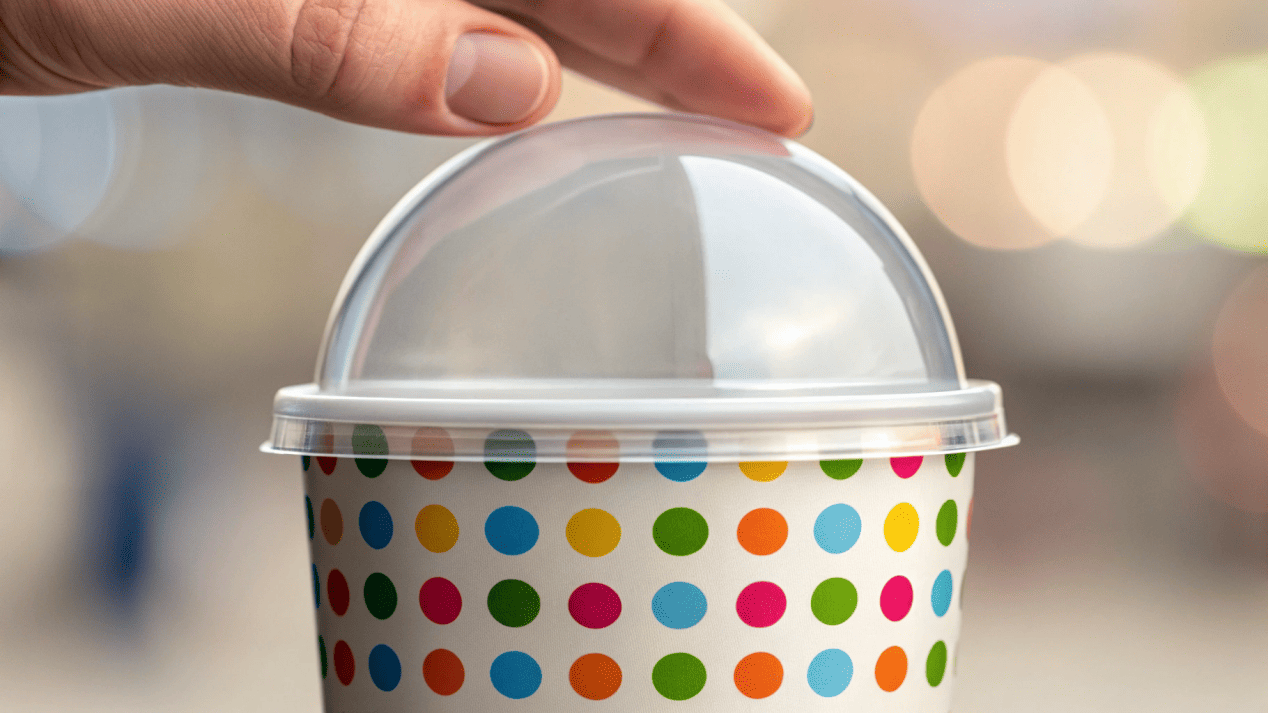
The most important job of an ice cream cup is to keep the ice cream inside. When a lid doesn't fit, it’s a disaster for the customer and your business. The secret to avoiding this is not luck; it's engineering. As a manufacturer, we are obsessed with precision. We ensure that the cup rim and the lid groove are made to exact measurements, so they fit together perfectly every time. This creates a secure seal that you can feel. It isn't just about preventing leaks. It's about giving the customer confidence in your product from the moment they hold it. This small detail communicates quality and care.
The Science of a Perfect Fit
- The All-Important "Snap": When you press a lid onto one of our cups, you will hear and feel a distinct "snap." This is the sound of a secure, 360-degree seal. It tells you the engineering tolerances are perfect and the lid is not going to pop off accidentally.
- Choosing the Right Lid Type: The lid you choose depends on what you sell.
- Dome Lids: These are essential if you sell frozen yogurt with toppings or large swirls of soft serve. The extra space allows you to create a beautiful, generous-looking product.
- Flat Lids: These are perfect for simple scoops of hard ice cream. They are also ideal for delivery orders because they allow the cups to be stacked neatly and securely in a bag.
Does Your Supplier Understand Your Business Model?
You run a small cafe, but your supplier treats you like a national chain, forcing you to buy huge quantities. This ties up your cash and fills your limited storage space.
A smart supplier offers flexible options. Cafes need low minimum orders and variety. Chains need high-volume consistency. Caterers need maximum portability and reliability. Your supply plan should match your specific needs.

I have worked with every type of frozen dessert business, from a single cart at a farmers' market to a chain with hundreds of stores. I can tell you that a "one-size-fits-all" approach to supply does not work. The packaging strategy for a small local shop is completely different from the needs of a large franchise. A good partner understands this and adapts to you. For my smaller clients, we focus on providing a wide variety of sizes with low minimum order quantities (MOQs). This allows them to offer everything from a kiddie scoop to a large sundae without having to store pallets of stock. For my larger chain clients, the conversation is about logistics. We manage their production schedule to ensure a non-stop, reliable supply to all their locations, with perfect brand consistency on every single cup.
Should You Buy Cups and Lids Separately or Together?
You see "combo packs" of cups and lids and wonder if they are a better deal. But you also worry about being stuck with lids you don't need for every single cup.
Combo packs are convenient and cost-effective if one cup/lid combination makes up most of your sales. Buying separately offers more flexibility if you use one cup for multiple purposes, like with different lid types.
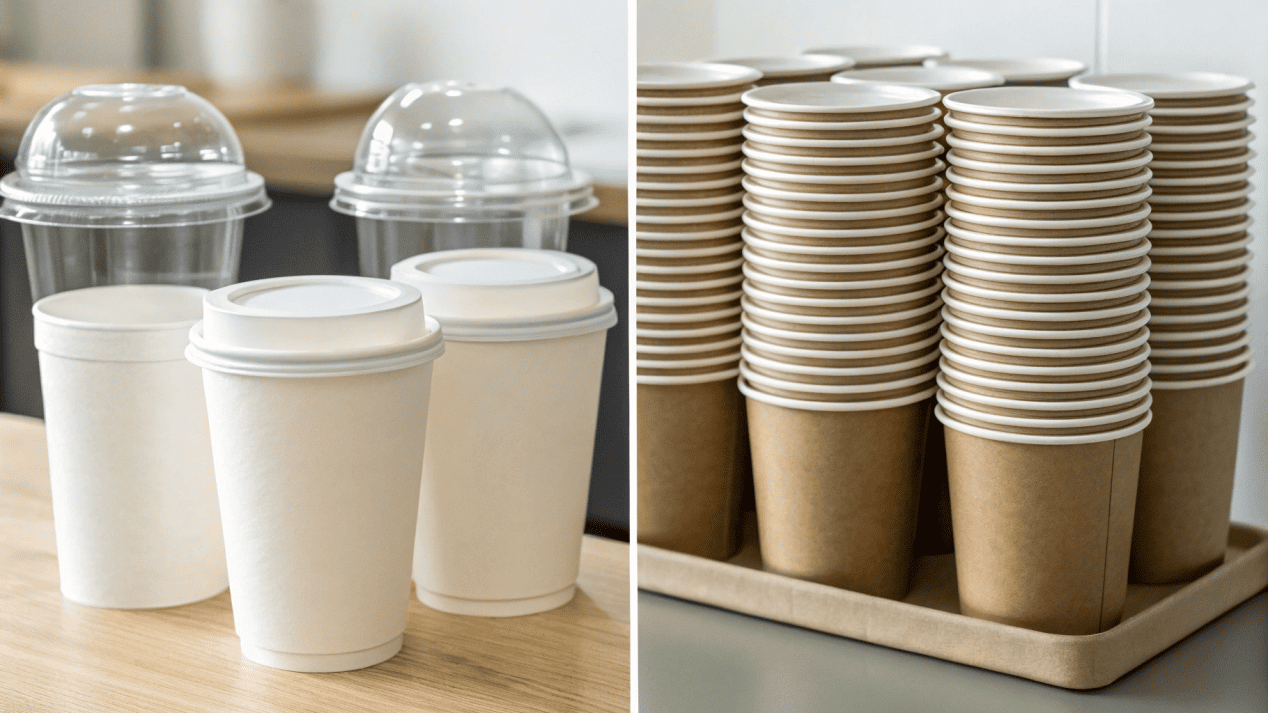
This is a very common question, and the answer is all in your sales data. There is no single "cheaper" option; there is only the smarter option for your business. I advise my clients to look at what they sell most. If 80% of your sales are a 12-ounce frozen yogurt with a dome lid, then a combo pack is probably the most efficient choice. It simplifies your ordering and inventory, and you get a guaranteed match every time. However, if you run a cafe where you use the same 12-ounce cup for ice cream (with a dome lid), a smoothie (with a straw-slot lid), and hot soup (with a vented lid), then buying separately is the only logical choice. It gives you the flexibility to meet all your needs with fewer cup sizes in inventory.
Making the Right Choice
| Strategy | Best For | Pros & Cons |
|---|---|---|
| Combo Packs | Operations using one main cup/lid type (e.g., froyo shops). | Pro: Convenient, guaranteed match, potential cost savings. Con: Inflexible 1:1 ratio. |
| Buying Separately | Businesses with diverse needs (e.g., cafes serving multiple items in one cup size). | Pro: Maximum flexibility, better inventory control for lids. Con: Requires careful management to order compatible parts. |
How Do You Plan for the Summer Rush?
It's the first hot Saturday in July, and a line of customers stretches out the door. Then, the nightmare happens: you run out of your most popular cup size.
You must plan for your summer peak in the winter or early spring. Analyze last year's sales data, order 15-20% more than you think you need, and partner with a supplier who can handle high-volume demand.
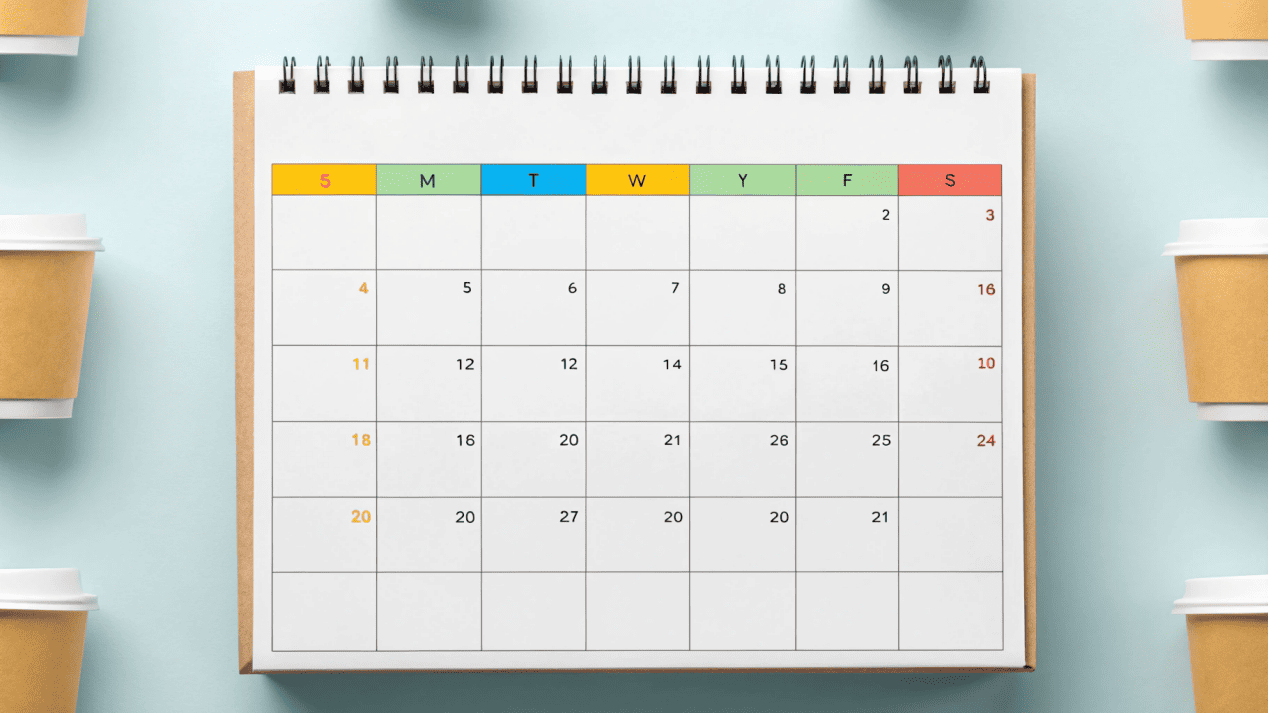
Running out of stock during your peak season is the biggest preventable mistake in this business. Success in the summer is not made in the summer; it's made in the winter. This is when we work with our clients to plan their inventory. The process is simple but critical. First, we look at their sales data from the previous year. When were the biggest peaks? Were they on public holidays? Were they during a festival? Next, we create a forecast. Then, I always advise them to add a 15-20% buffer on top of that number. This buffer is their insurance policy against an unexpected heatwave or a huge event in their town. The global supply chain takes time, especially for custom-printed cups. Waiting until May to place your big summer order is too late. A reliable partner will start this conversation with you in February to make sure your stock is ready long before your first customer of the season walks through the door.
Conclusion
A smart packaging strategy is your key to a successful summer. By planning ahead, you can focus on serving great products that create happy, loyal customers.
